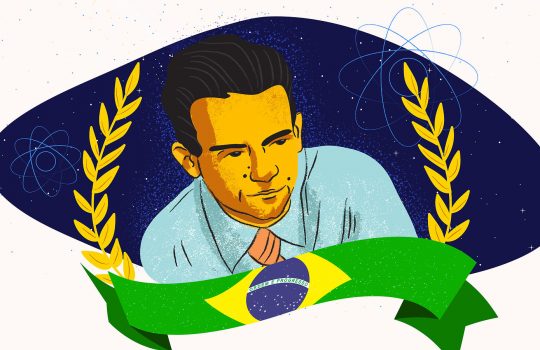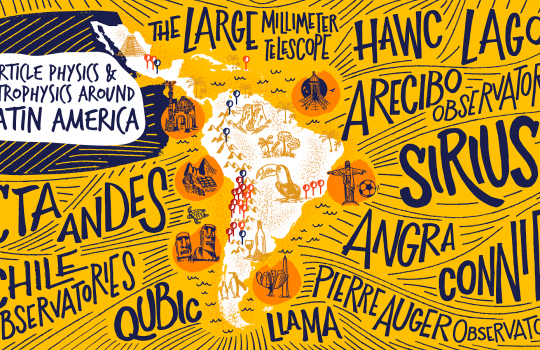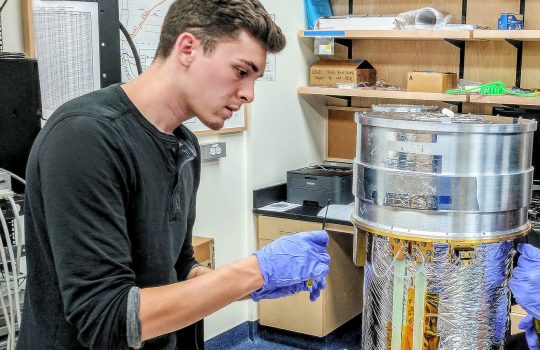How AI could change science
From UChicago News, Oct. 1, 2019: AI technology is increasingly used to open up new horizons for scientists and researchers. At the University of Chicago, researchers are using it look for supernovae, find new drugs and develop a deeper understanding of Earth’s climate. University of Chicago and Fermilab scientist Brian Nord is partnering exploring a “self-driving telescope:” a framework that could optimize when and where to point telescopes to gather the most interesting data.




